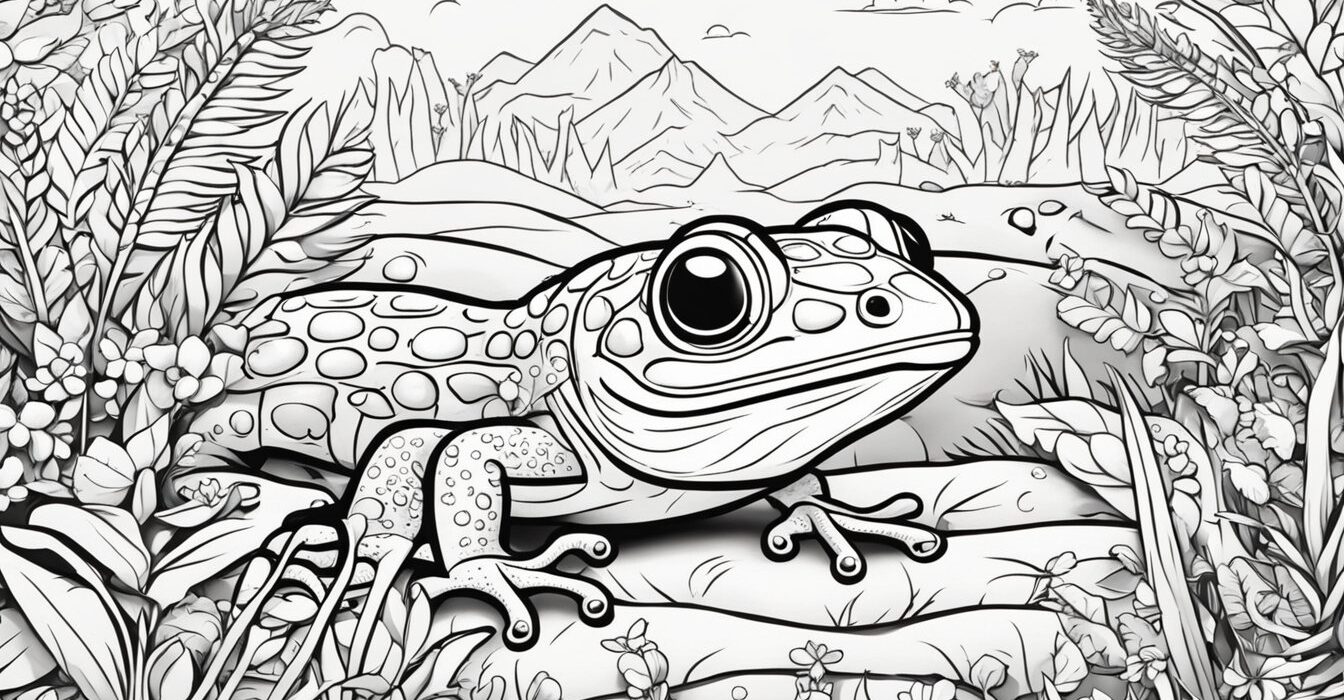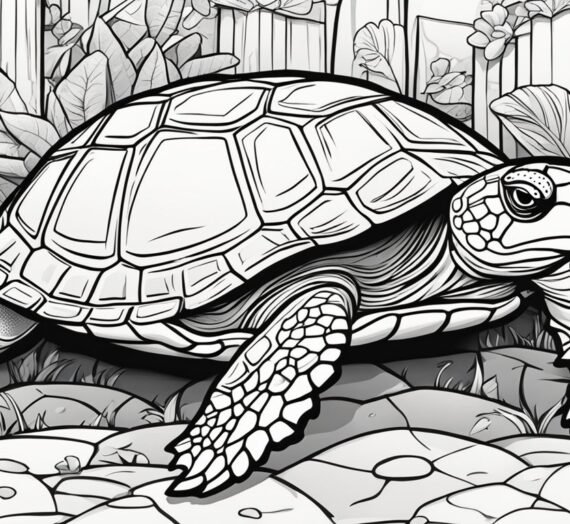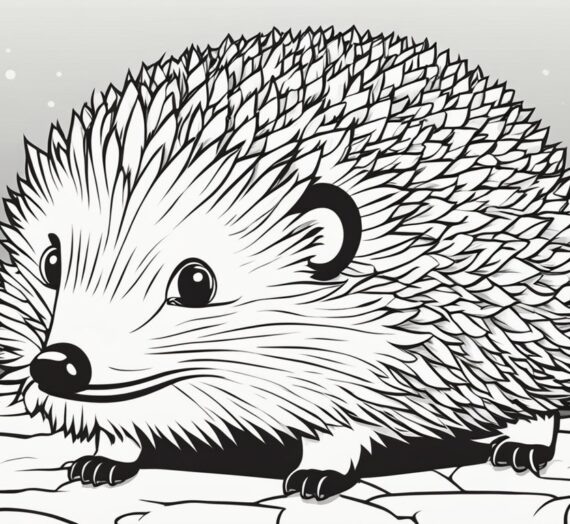Salamanders Coloring Pages: Fun and Educational Activities for Kids. If you’re looking for a fun and educational activity for your kids, salamander coloring pages are a great option. These pages feature a variety of species of salamanders, from realistic depictions to cute cartoon versions. Coloring can help improve fine motor skills, hand-eye coordination, and color recognition in children.
Salamanders Coloring Pages
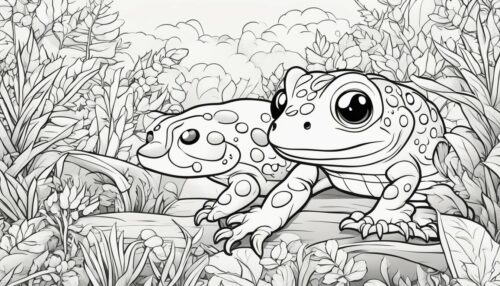
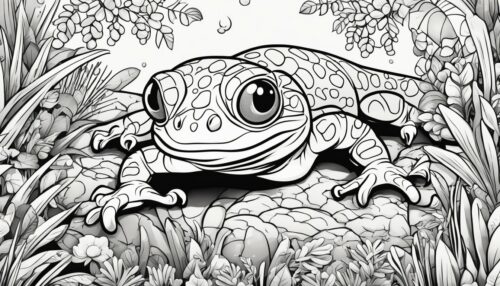
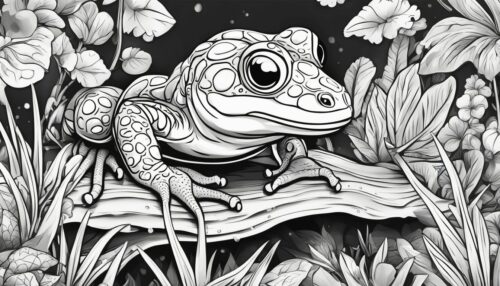
When it comes to coloring salamanders, there are a variety of colors to choose from depending on the species. For example, some salamanders are mottled with spots, while others are brightly colored. This provides a great opportunity for kids to learn about the diversity of salamanders and their habitats. Additionally, coloring can be a calming and stress-relieving activity for children, helping them to focus and relax.
Whether you’re a parent, teacher, or just looking for a fun activity, salamander coloring pages are a great option. Not only do they offer a chance for kids to learn about these fascinating amphibians, but they also provide a creative outlet for self-expression. So grab some colored pencils or markers and start coloring!
Understanding Salamander Coloring Pages
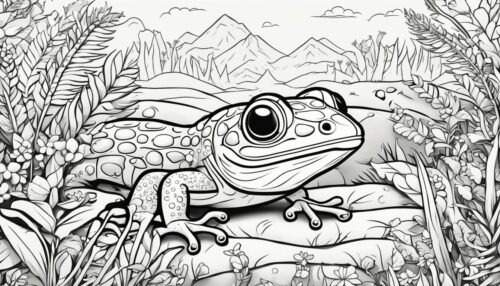
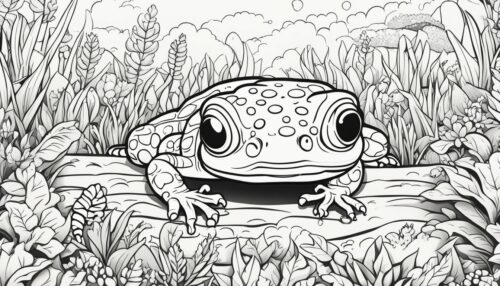
Salamander coloring pages are a fun and educational way for children to learn about these fascinating amphibians. These printable coloring sheets feature a variety of salamander species, including the black salamander, fire salamander, and salamanders with spots. In this section, we will discuss the different types of salamander coloring pages available and the benefits they provide for children.
Types of Salamander Coloring Pages
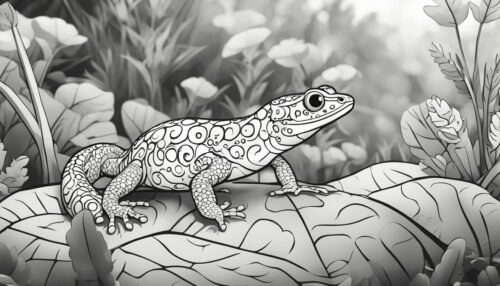
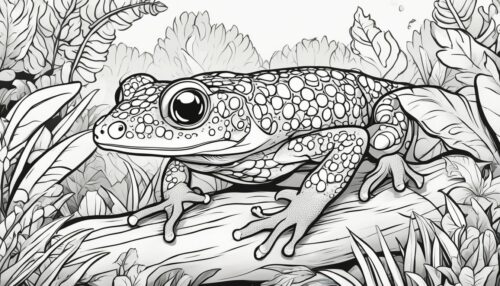
There are many different types of salamander coloring pages available, each featuring a unique species of salamander. Some of the most popular types of salamander coloring pages include:
- Realistic Salamander Coloring Pages: These coloring pages feature realistic depictions of salamanders, including their natural colors and patterns.
- Cartoon Salamander Coloring Pages: These coloring pages feature cartoon-style salamanders, which are often more colorful and whimsical than their realistic counterparts.
- Blank Salamander Coloring Pages: These coloring pages feature a blank salamander outline, allowing children to create their own unique designs and patterns.
Benefits for Children
Salamander coloring pages offer a variety of benefits for children, including:
- Creativity: Coloring allows children to express their creativity and imagination by choosing their own colors and designs for the salamanders.
- Motor Skills: Coloring requires children to use their fine motor skills to hold and control the coloring utensils, which can help improve their hand-eye coordination.
- Education: Salamander coloring pages can help children learn about these fascinating amphibians, including their physical characteristics, habitats, and behaviors.
- Relaxation: Coloring can be a calming and relaxing activity for children, helping to reduce stress and anxiety.
- Toad Coloring Pages: 22 Colorings Book Free
In conclusion, salamander coloring pages are a fun and educational activity for children. With a variety of different types of coloring pages available, children can learn about these fascinating amphibians while expressing their creativity and improving their motor skills.
Salamanders in Nature
Salamanders are a type of amphibian that can be found in various habitats around the world. They are known for their unique appearance, which includes a long tail, slender body, and four legs. Salamanders come in a variety of colors and patterns, with some species having spots, stripes, or other markings.
Habitat and Diet
Salamanders can be found in a range of environments, including forests, wetlands, and streams. They prefer areas with plenty of moisture, such as near bodies of water or in damp soil. Some species of salamanders are fully aquatic, while others spend most of their time on land.
The diet of salamanders varies depending on the species and their habitat. Some salamanders primarily eat insects, while others feed on fish, frogs, or other small animals. Some salamanders are even known to eat other salamanders.
Relation to Other Amphibians
Salamanders are closely related to other amphibians, such as frogs and toads. Like other amphibians, salamanders begin their life cycle as an egg, which hatches into a larval stage. During this stage, the salamander has gills and lives in the water. As they mature, they develop lungs and legs, and eventually move onto land.
Salamanders are also related to lizards, although they are not reptiles. Unlike lizards, salamanders have moist skin and do not have scales. They also have a unique ability to regenerate lost limbs, which makes them a subject of scientific interest.
In conclusion, salamanders are fascinating creatures that play an important role in their ecosystems. Their unique appearance and behavior make them a popular subject for pictures and coloring pages. Whether you are interested in water, fish, insects, frogs, lizards, or other amphibians, salamanders are a fascinating species to learn about.
